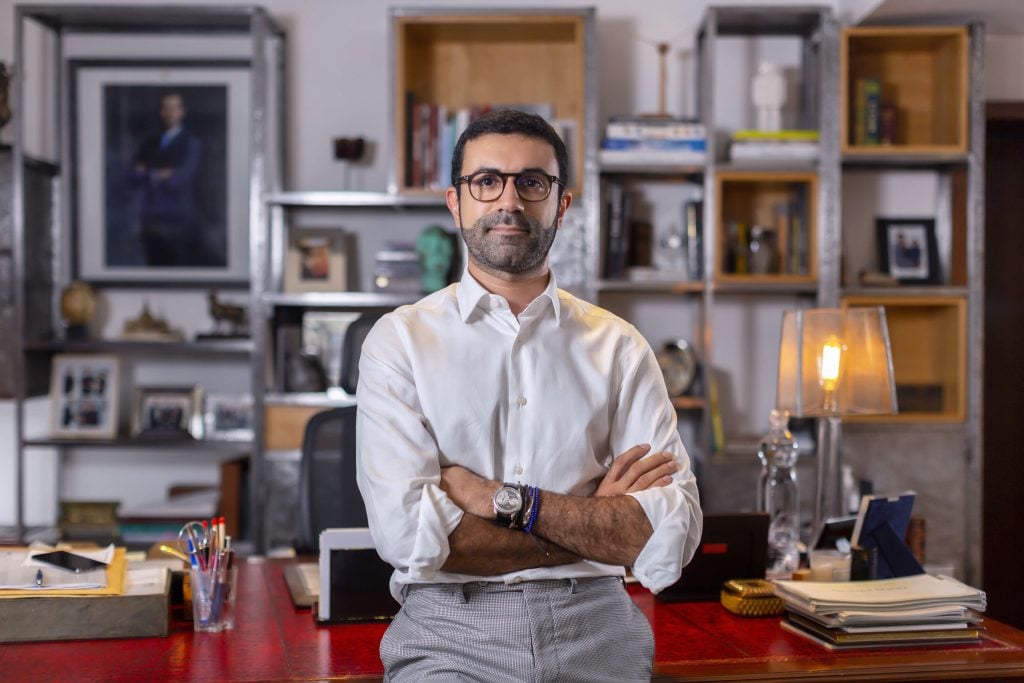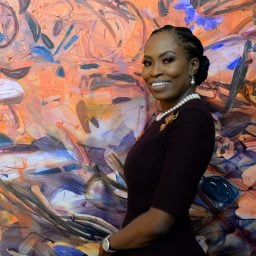The Madagascar-based philanthropist Hasnaine Yavarhoussen takes a “think globally, act locally” approach to collecting art.
Yavarhoussen, who is CEO of the green energy company Filatex group, made headlines last February when he opened the non-profit art space Hakanto Contemporary in Madagascar. The venue— the first of its kind in the nation—focuses on uplifting local artists, offering residencies and educational programming, and staging exhibitions.
Also among Yavarhoussen’s varied philanthropic endeavors is Fonds de Dotation HY, an arts-focused endowment fund, which was instrumental in supporting Madagascar’s inaugural pavilion at the Venice Biennale in 2019.
As we head into the new year, Yavarhoussen tells us about the Iranian artist he’s excited about right now and why he has no collecting regrets.
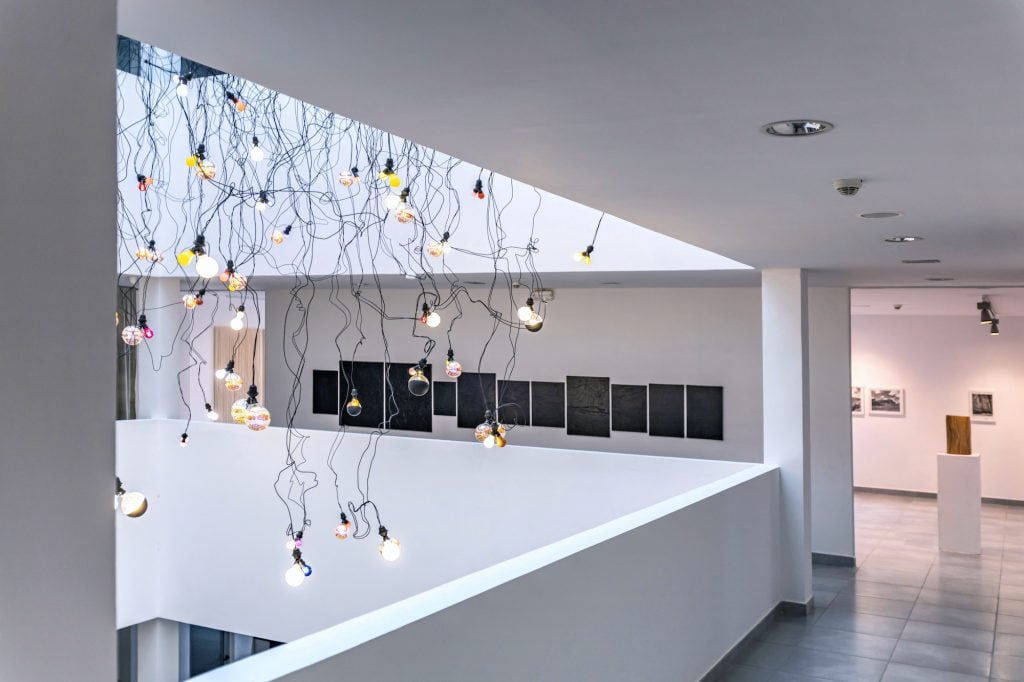
Installation view of “Here We Reach All the Dreams of the World,” 2020. Courtesy of Hakanto Contemporary.
What was your first purchase (and how much did you pay for it)?
My first purchase was made around 2008 or 2009. I became fascinated by a big monochromatic painting that looked like Rorschach blots. The work was by David Ratcliff, a painter based in L.A., and I purchased it for more than $20,000 at the time.
What was your most recent purchase?
Most recently, I purchased a couple of works by the Iranian painter Mostafa Sarabi. He explores concepts of family, masculinity, and memory in bright painterly pieces.
I have also recently acquired a couple of outdoor sculptures, to be placed in two different sites in Antananarivo, Madagascar. Both works are by one of our leading artists, Joël Andrianomearisoa, who successfully represented Madagascar at our first national pavilion at the 2019 Venice Biennale. I have a great working relationship with Joël and was excited to appoint him as the creative director for the new Hakanato Contemporary art space in Antananarivo, which opened to international audiences last year. The space is dedicated to celebrating and supporting artistic creativity in Madagascar.
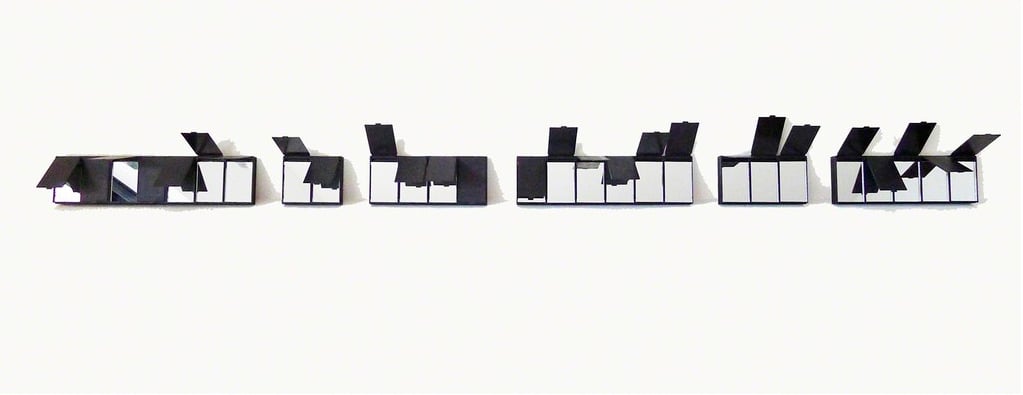
Joël Andrianomearisoa, Sentimental Negotiations—The Horizon (2018). Courtesy of the artist and Hakanto Contemporary.
Which works or artists are you hoping to add to your collection this year?
I don’t have a list of specific artists exactly, but I am focusing nearer to home, in Madagascar, and on collecting works from artists from across the African continent more widely. The effervescence of the African art scene right now is both refreshing and historic.
What is the most expensive work of art that you own?
Probably a painting by the New York-based artist Joe Bradley, one from his “Standing Figure” series.
Where do you buy art most frequently?
In more normal times, I am lucky enough to be able to travel a lot and so I always make the most of opportunities to visit exhibitions and galleries and to meet artists and see studios around the world. When I find something I love and feel compelled enough to purchase, then I will decide whether I can. Of course, there is also a brilliant art scene in Madagascar, too, so when I’m not traveling, I take time to engage more locally.
Is there a work you regret purchasing?
No. I can honestly say I don’t regret any of my collection because I am always in a state of dialogue with the works; therefore, each piece seems enduringly important.
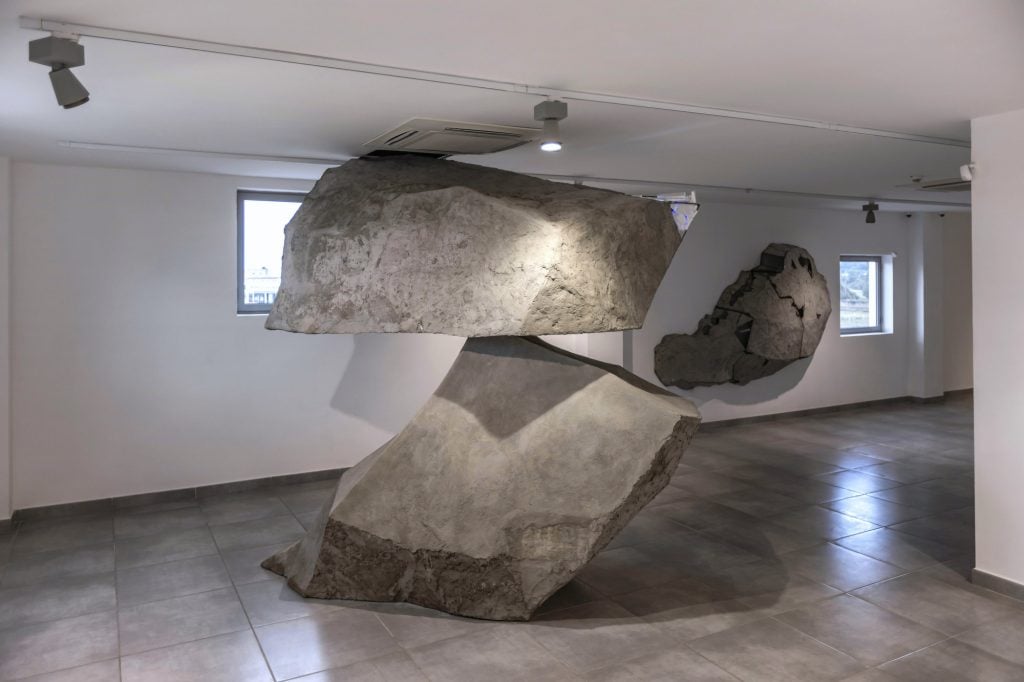
DONN, Tendro (2015). Courtesy of Hakanto Contemporary.
What work do you have hanging above your sofa? What about in your bathroom?
In the bathroom I have a Bamileke feather headdress from Cameroon. Above one of my sofas I have a large photography work from the Mexican artist Teresa Margolles. Above the other hangs a small, historical artwork by the French painter Claude Viallat. I have two other artworks above another sofa: a fabric sculpture by Sterling Ruby and a mixed-media piece by Kerstin Brätsch.
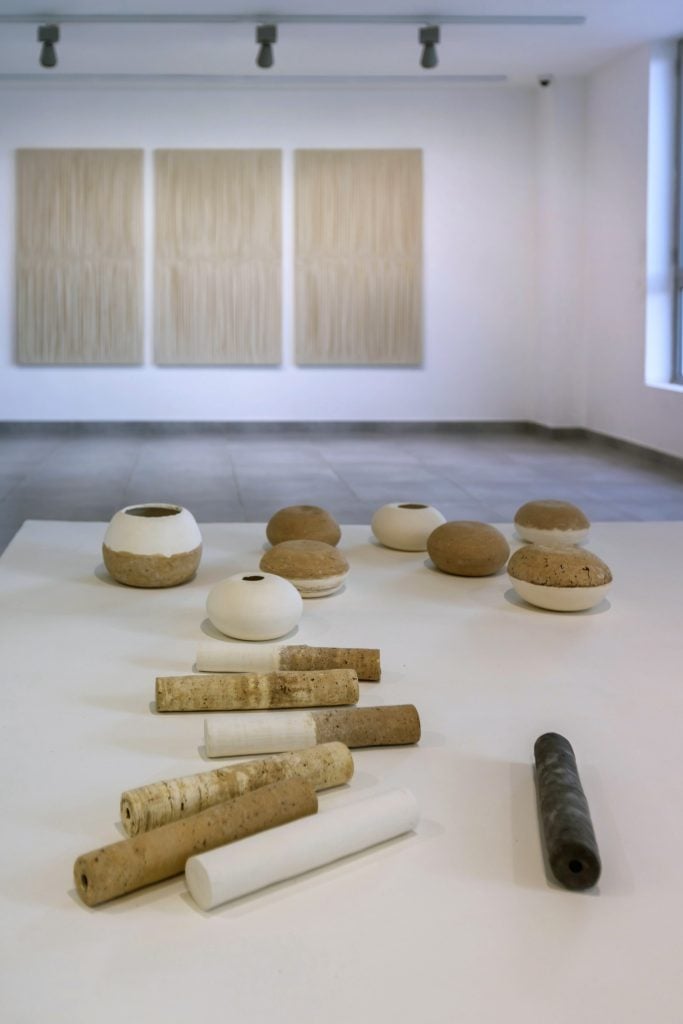
Domi Sanji, XLII (2020). Courtesy of Hakanto Contemporary.
What is the most impractical work of art you own?
Maybe the Sterling Ruby fabric sculpture, but I love its incongruous presence.
What work do you wish you had bought when you had the chance?
This might be predictable, but I wish I had bought a concave mirror by Anish Kapoor.
If you could steal one work of art without getting caught, what would it be?
It just would not be in my philosophy; for me, collecting is about a process and a state of mind. The process helps to build my own convictions, and sometimes the goal is to collect that piece, but sometimes it might end in frustration. Even if a work passes me by it can still help forge my taste.
